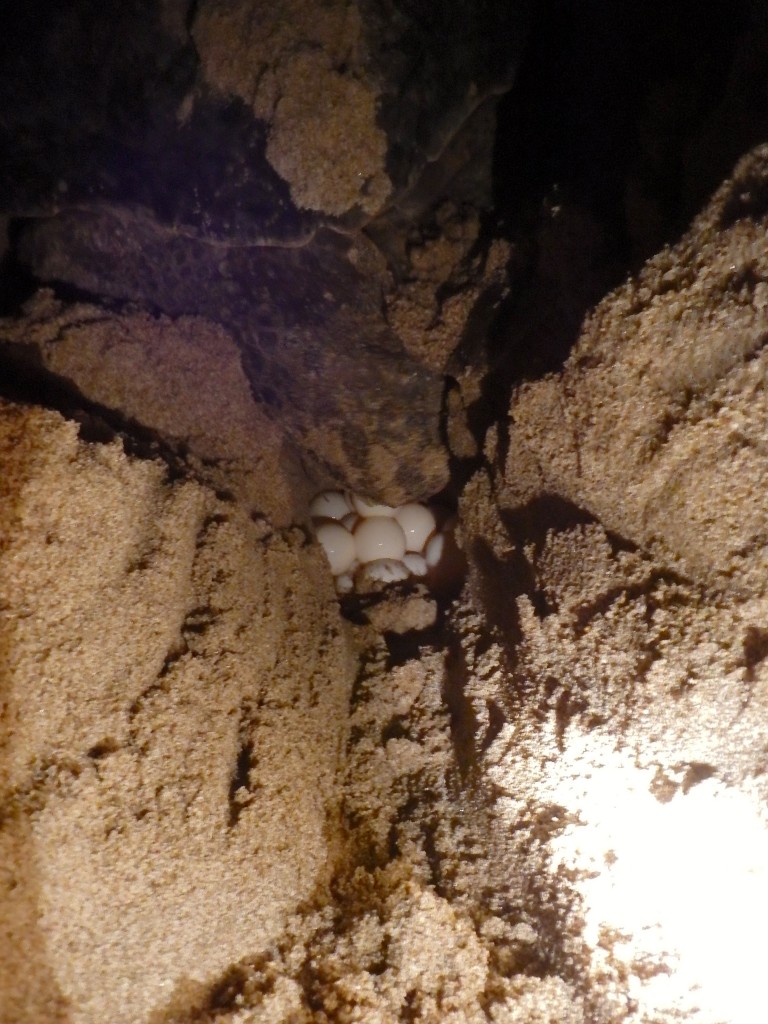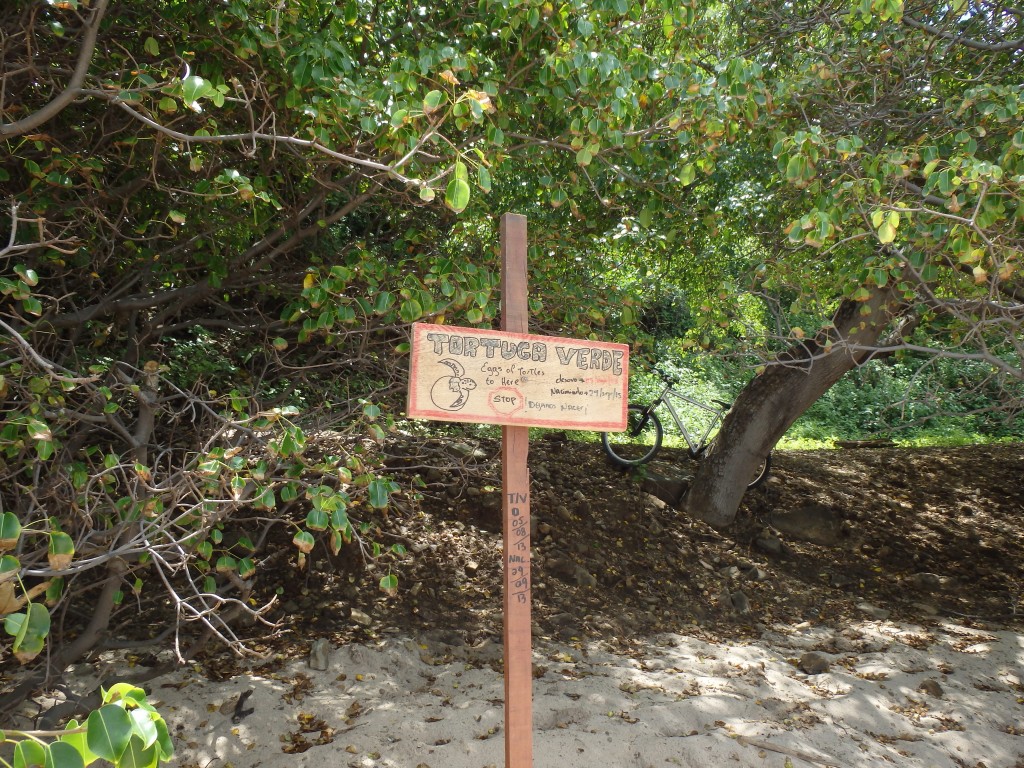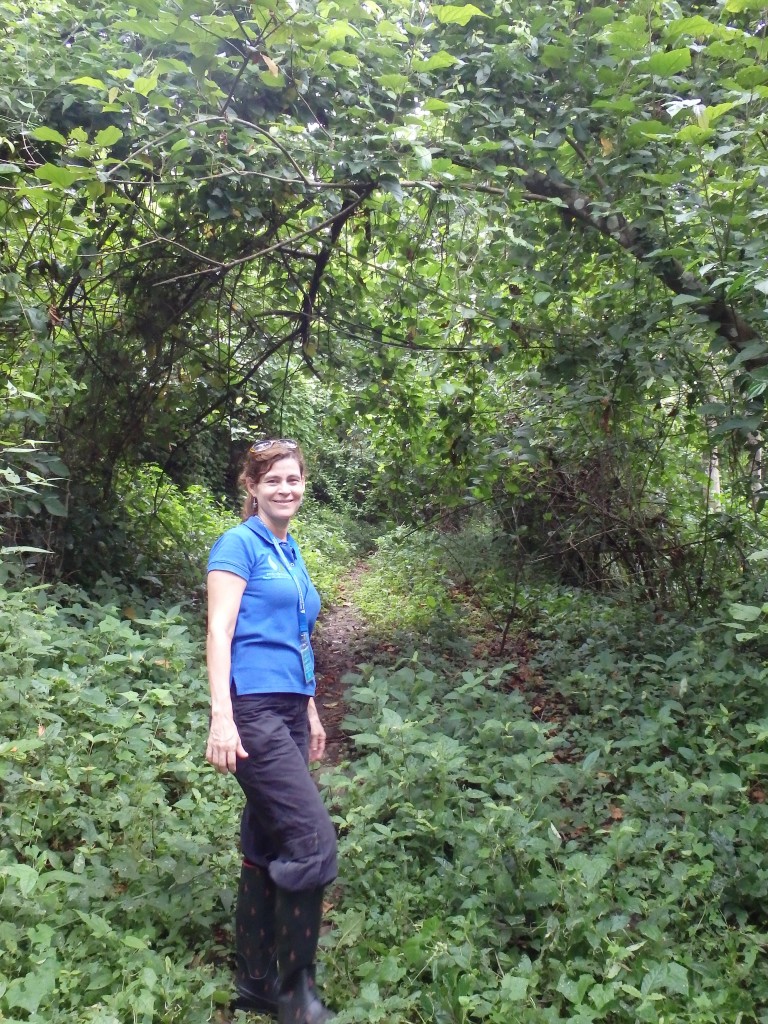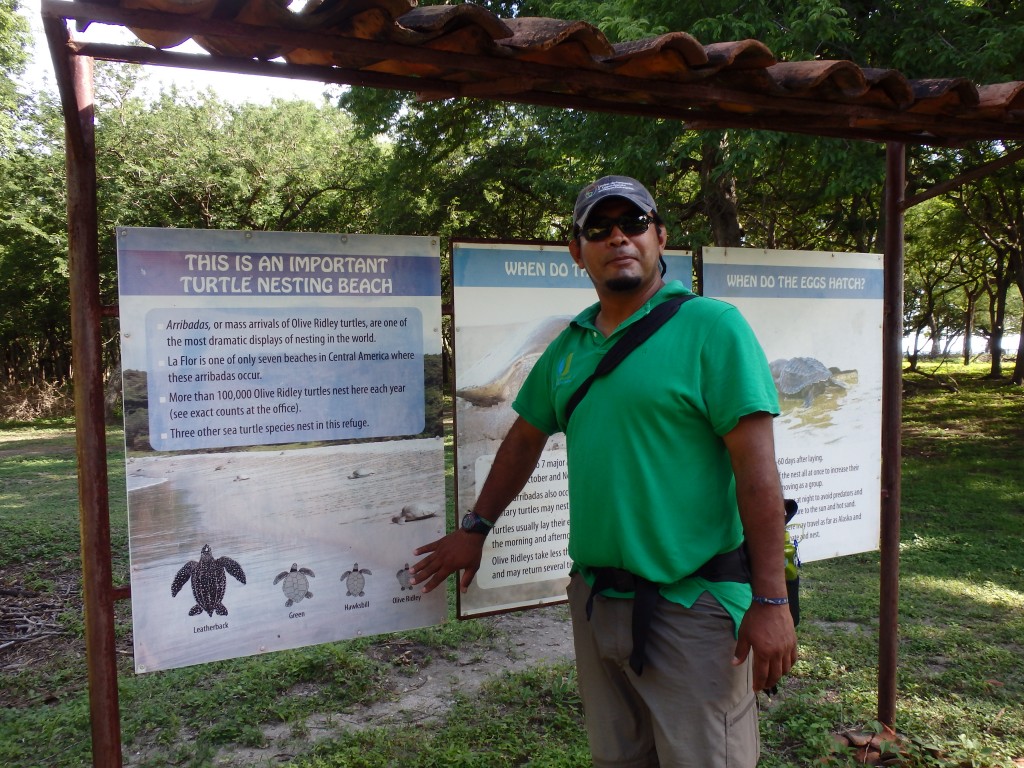What better way to follow up a wonderful week with the turtles than to spend more time with turtles! After my week in northwest Nicaragua with the Eastern Pacific Hawksbill Initiative (or ICAPO-Iniciativa Carey del Pacifico Oriental), I traveled to southwest Nicaragua, near the border of Costa Rica, to learn about the conservation efforts of Paso Pacifico. Their mission is broader, as they are focused on connecting “viable biological corridors that span from ridge to reef.” My time with them introduced me to their reforestation efforts and work to protect multiple sea turtle species that nest on the local beaches—hawksbill, green, olive ridley, and the occasional leatherback—all of which are endangered.
My second week in Nicaragua provided two important reminders. First, there are multiple ways to solve the same issue. It’s an important consideration when thinking about our philanthropic gifts.

Seeing two organizations in action, helping to save sea turtles, helped illuminate this point. One brings sea turtle eggs of one species to a hatchery to protect from poachers and predators, mainly because of the large nesting region they cover. The other is able to protect turtle nests where they are laid, on smaller, more easily patrolled beaches. In so doing, it makes it easier to protect any nest laid by any species.
Two organizations may be addressing the same issue in different ways and both can be successful. Both solutions work. Both solutions can be effective and impactful. Diverse communities and environments may require different solutions. We must be open to this possibility, ask critical questions, and listen to understand why. What factors are at play here? Why is a different solution necessary? Why might a solution work in one area, but not another?
What’s great is that the turtle conservationists are a close-knit group. They’re all working toward the same goal—saving turtles that have been on this earth for millions of years. So, they’re open and willing to share models with one another. Yet, they understand that a cookie-cutter approach is not going to work. Solutions are location specific, especially in the world of conservation.

The second reminder was that doing good work is not easy. I knew this, but when you see it in action, it takes on a whole new meaning. It requires dedication and passion. It requires braving bug bites and trees with thorns as you hike through a forest to a remote beach where turtles nest. It requires long hours, through the dark of night (or in our case, under the light of the full moon) into the wee hours of the morning. It requires building awareness and educating people. It requires connecting disparate factions and building community consensus and collaboration. It requires change. And that may be the most difficult part of all.
By the end of my second week in Nicaragua, I felt fully immersed in the culture and the conservation issues. Yet I know I just scratched the surface. I am forever grateful to my hosts and guides for introducing me to their country and welcoming me with open arms. I have a better understanding of conservation efforts in the country. I left as a more emboldened and passionate advocate than I arrived. I left with the fulfillment of having traveled for a purpose—to learn more about a cause that is important to me and help conserve endangered species. And I left with a desire to travel more often with a purpose.


